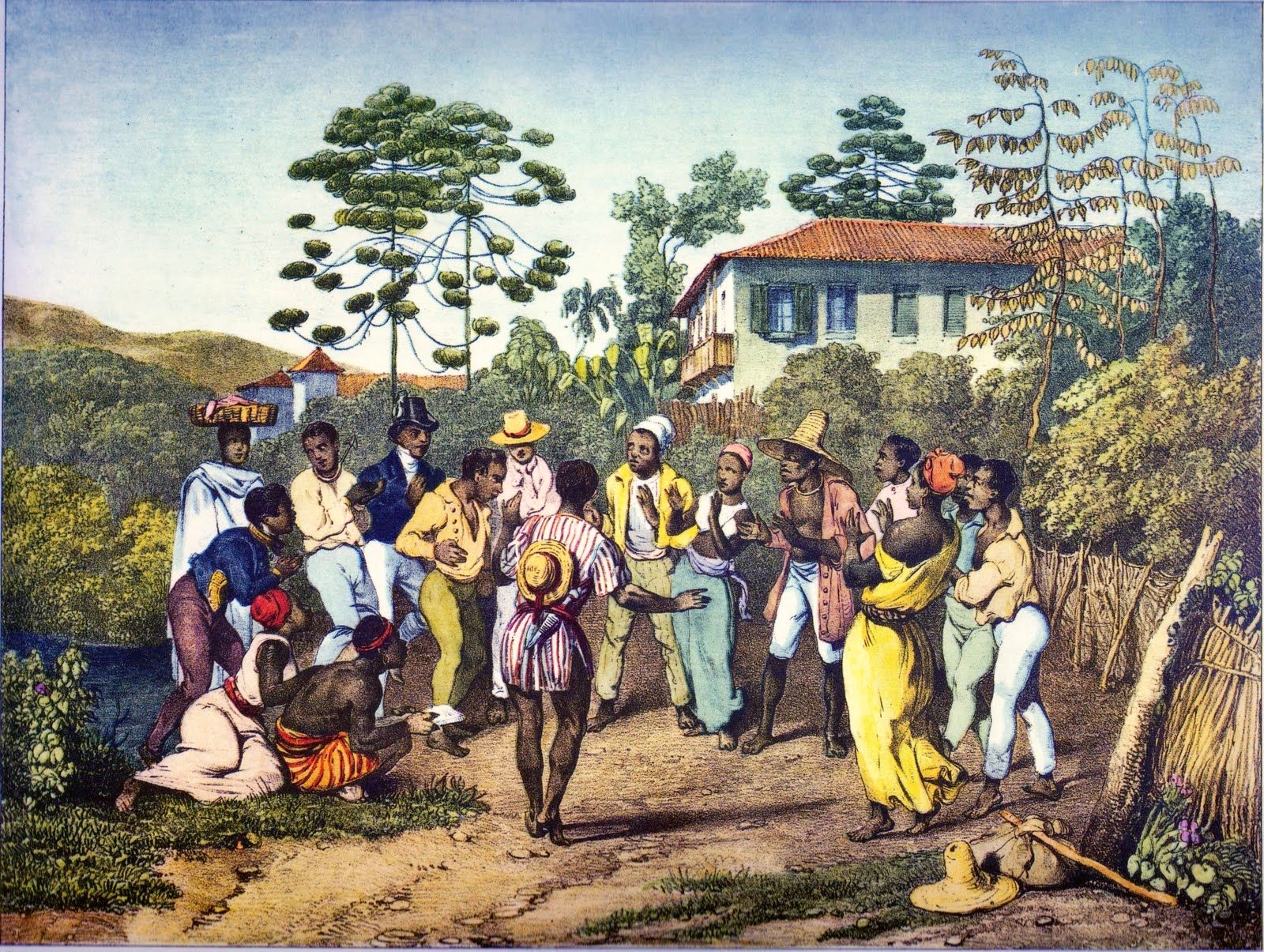|
Bangu, Rio De Janeiro
Bangu is a neighborhood in the West Zone of Rio de Janeiro, Brazil. It is a middle-class neighborhood. It is located in the western area of the city being one of the most populated districts, with 244,518 inhabitants (according to the Brazilian Institute of Geography and Statistics - IBGE - Demographic Census 2000) distributed in an area of 4570.69 ha. Located in the geographic center of the city, the neighborhood is close to Campo Grande, Senador Camará, Vila Aliança, Padre Miguel and Realengo. On November 22, 2004, the mayor of Rio de Janeiro César Maia created by decree the district Gericinó. The neighborhood was originally part of the neighborhood of Bangu, the region where the penitentiary of Bangu is located, besides Bangu dump. The region is where Gericinó was located containing the sub-district of the Aqueduct (Aqueduct of the Seine). Since 2004, the complex of Bangu and dump of Bangu, no longer belong to the neighborhood of Bangu. The neighborhood is well known ... [...More Info...] [...Related Items...] OR: [Wikipedia] [Google] [Baidu] [Amazon] |
List Of Sovereign States
The following is a list providing an overview of sovereign states around the world with information on their status and recognition of their sovereignty. The 205 listed states can be divided into three categories based on membership within the United Nations System: 193 member states of the United Nations, UN member states, two United Nations General Assembly observers#Current non-member observers, UN General Assembly non-member observer states, and ten other states. The ''sovereignty dispute'' column indicates states having undisputed sovereignty (188 states, of which there are 187 UN member states and one UN General Assembly non-member observer state), states having disputed sovereignty (15 states, of which there are six UN member states, one UN General Assembly non-member observer state, and eight de facto states), and states having a political status of the Cook Islands and Niue, special political status (two states, both in associated state, free association with New ... [...More Info...] [...Related Items...] OR: [Wikipedia] [Google] [Baidu] [Amazon] |
Samba
Samba () is a broad term for many of the rhythms that compose the better known Brazilian music genres that originated in the Afro-Brazilians, Afro Brazilian communities of Bahia in the late 19th century and early 20th century, It is a name or prefix used for several rhythmic variants, such as samba urbano carioca (''urban Carioca samba''), samba de roda (sometimes also called ''rural samba''), among many other forms of samba, mostly originated in the Rio de Janeiro (state), Rio de Janeiro and Bahia states. Having its roots in Brazilian mythology, Brazilian folk traditions, especially those linked to the primitive rural samba of the Colonial Brazil, colonial and Empire of Brazil, imperial periods, is considered one of the most important cultural phenomena in Brazil and one of the country symbols. Present in the Portuguese language at least since the 19th century, the word "samba" was originally used to designate a "popular dance". Over time, its meaning has been extended to a "B ... [...More Info...] [...Related Items...] OR: [Wikipedia] [Google] [Baidu] [Amazon] |
